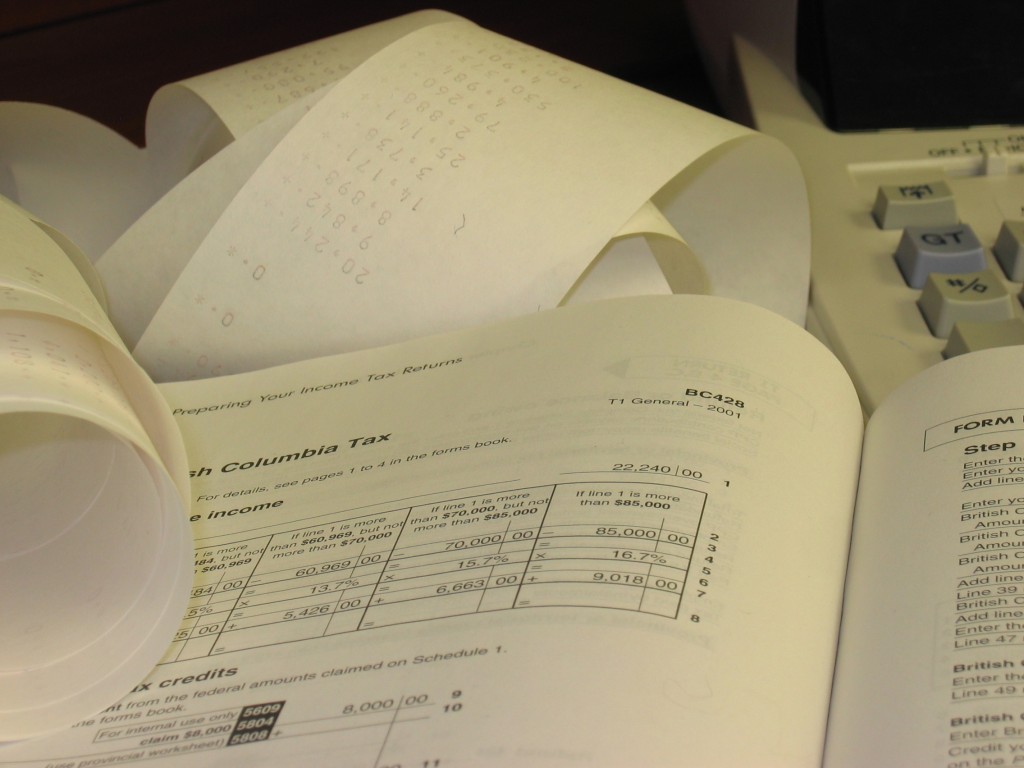Romania's new govt. vows to re-structure national tax control authorities; EU monitoring planned

 The new Ponta government is to embark on a 3 year (2013- 2016) overhaul project targeting the national tax authorities; the National Tax Administration Agency (ANAF), the Tax Police and the Customs Authority, according to the USL governing program.
The new Ponta government is to embark on a 3 year (2013- 2016) overhaul project targeting the national tax authorities; the National Tax Administration Agency (ANAF), the Tax Police and the Customs Authority, according to the USL governing program.
The installation of an EU surveillance and audit council made up of international experts is also on the list of measures aiming to simplify the tax collection process and to increase the competitiveness of the business environment.
The ANAF reorganization process is part of an agreement reached between the Romanian authorities and IMF experts, the European Commission and World Bank. The 221 tax administration offices are to be merged and re-organized as 8 regional departments and 47 local bureaus.
Beginning with January 1, 2015, ANAF will be represented by one local tax bureau in each county and in each sector of the capital city, totaling 47 units.
Following these changes, increase is expected in the number of tax statements submitted remotely, via electronic means, with a 98 percent target set with legal entities where such submission is possible. Plans for a service package targeting individual taxpayers and for the establishment of quality standards in taxpayer assistance have also been made.
Back in May 2012, the Tax Council, an independent authority supporting the Government and the Parliament in increasing tax collection transparency and public finance sustainability, stated that Romania needs a radical reform of the tax collection system in order to obtain a significant growth in collected revenues and a drastic reduction of the related administrative costs.
Tax and non-tax revenues accounted for only 32.5 percent of Romanian GDP in 2011; 12.1 percent below the EU average, according to Mediafax news agency quoting the Tax Council’s 2011 Report. The level of tax revenues as against GDP (taxes and social contributions) in Romania stood at 27.2 percent in 2011, namely 12.4 percent less than the EU average (39.6 percent). The tax revenues/GDP ratio in Romania was thus significantly lower than in Slovenia (37.8 percent), Hungary (36 percent), Poland (32.1 percent) and Slovakia (28.5 percent).
This grim picture was possible despite the existence of an oversize tax collection system in Romania. The number of tax collection units was approximately the same as in Poland, the population of which is twice the size of Romania’s, according to the same report.
Ioana Jelea, ioana.jelea@romania-insider.com
photo source: sxc.hu












